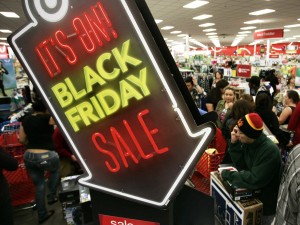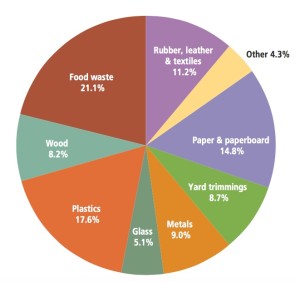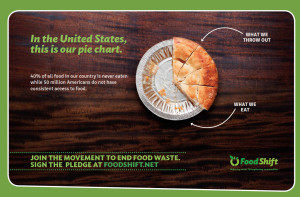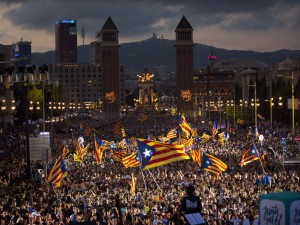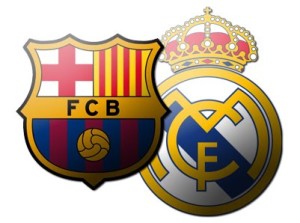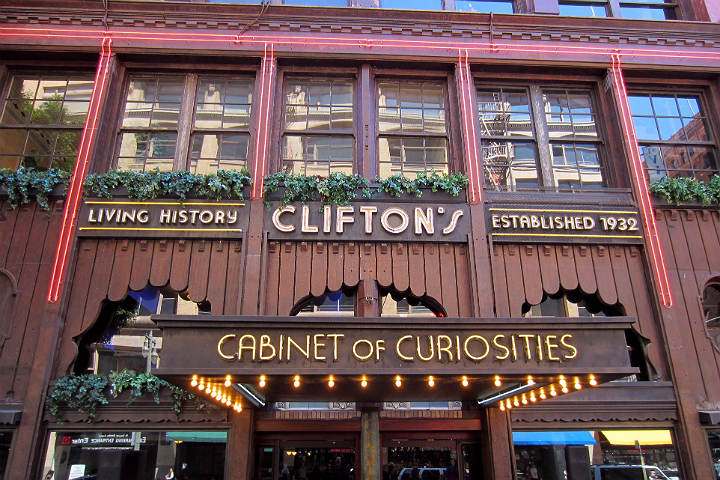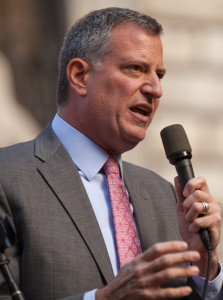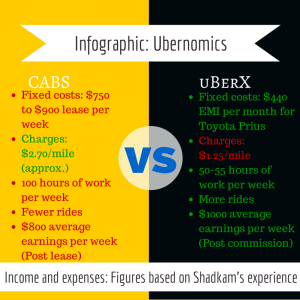Long gone are the days of actually celebrating Thanksgiving day by spending it with family and friends while giving thanks for the things that we already have to fill our lives and homes. Thanksgiving day unofficially marks the start of the holiday shopping season. After the Turkey is carved and our stomachs are full, we can’t resist but to power on our computers or to waddle our way to the mall to score those great Black Friday deals that we have had our eye on all week. However, if Black Friday shopping didn’t satiate our spending fever Cyber Monday is sure to satisfy that final craving.
Both Black Friday and Cyber Monday are considered the busiest sales day of the year. The general trend of previous years resulted in Black Friday usually holding the higher sales figure in total revenue generated, but surprisingly Cyber Monday arose as the greater overall contender for 2015.
While Black Friday generated more total revenue, its sales numbers actually fell 10 percent when compared to last year’s. The total revenue for 2014 was $11.6 billion, whereas this year it only generated $10.4 billion. In addition, $2.74 billion of those sales were in online transactions with $905 million in mobile sales through iOS (Apple) and Android devices (PracticalEcommerce.com).
In regards to Black Friday sales, the Associated Press reported, “Electronic commerce increased by 14.3 percent on Friday compared to last year’s figures.”
Cyber Monday, on the other hand, surpassed the forecasted $3 billion in sales that was predicated for the shopping day. The Adobe Digital Index, which determines its numbers based on collected and anonymous data from 200 million visits to 4,500 retail websites, calculated that Cyber Monday sales generated a total of $3.07 billion, with 26 percent or an estimated $799 million completed through mobile transactions. In total, Cyber Monday sales rose 16 percent when compared to last year’s numbers. Additionally, Adobe Digital Index reported that out-of-stock items broke record levels on Cyber Monday. It is determined that thirteen out of every 100 product views resulted in an out-of-stock message, which is twice the normal rate. (TechCrunch.com).
The main take away from these findings? More people are opting to shop online as opposed to traditional stores and sales via mobile devices are on the rise.
Experts believe that online sales will continue to climb this shopping season. Chris Christopher, whom is the director of consumer economics at IHS consulting, has revealed that between the months of November and December of this year there will be an estimated 11.7 percent jump in e-commerce sales, which would total to about $95 billion.
Sources:
http://www.practicalecommerce.com/articles/94777-Sales-Report-2015-Thanksgiving-Day-Black-Friday-Cyber-Monday
Cyber Monday Beat Forecasts With A Record $3.07 Billion In Sales, 26% From Mobile Devices
http://www.csmonitor.com/Business/2015/1129/Why-did-Black-Friday-sales-suffer-this-year

